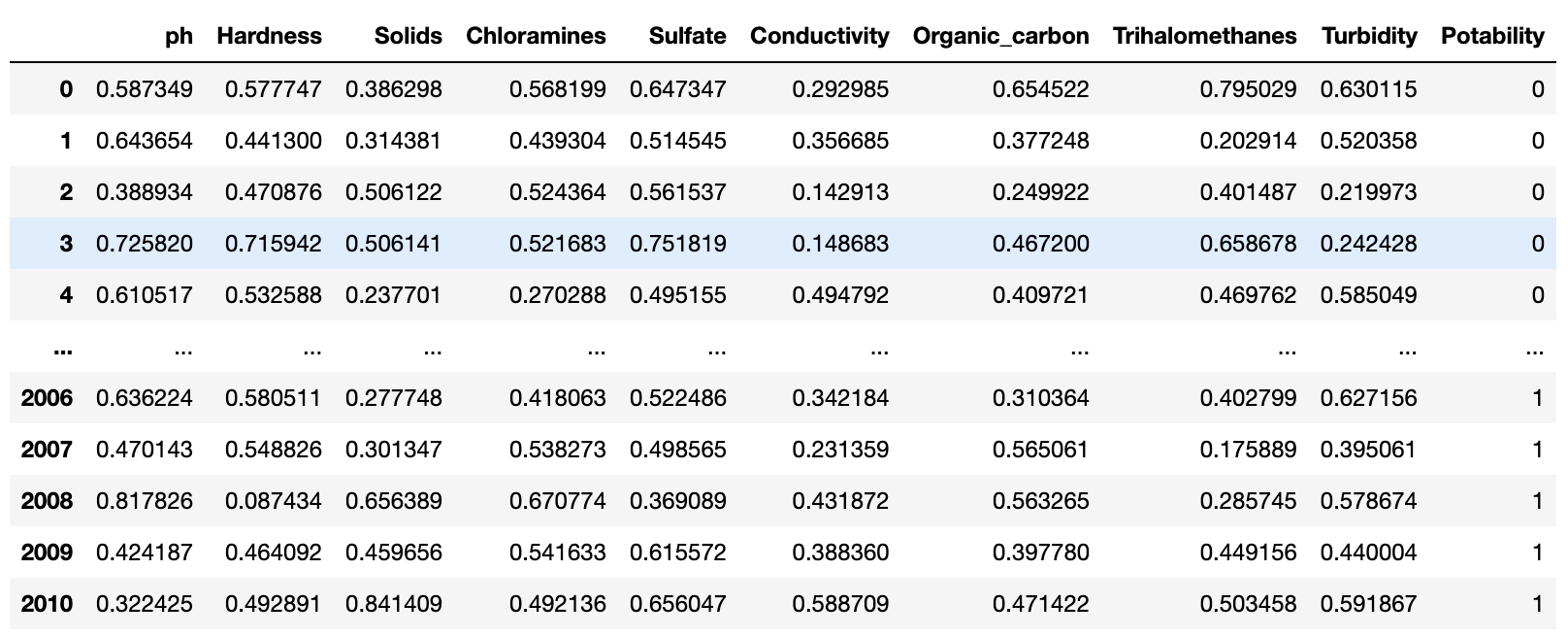PyTorch and object-oriented programming
Intermediate Deep Learning with PyTorch

Michal Oleszak
Machine Learning Engineer
What we will learn
How to train robust deep learning models:
- Improving training with optimizers
- Mitigating vanishing and exploding gradients
- Convolutional Neural Networks (CNNs)
- Recurrent Neural Networks (RNNs)
- Multi-input and multi-output models

Prerequisites
The course assumes you are comfortable with the following topics:
Neural networks training:
- Forward pass
- Loss calculation
- Backward pass (backpropagation)
Training models with PyTorch:
- Datasets and DataLoaders
- Model training loop
- Model evaluation
Prerequisite course: Introduction to Deep Learning with PyTorch
Object-Oriented Programming (OOP)
We will use OOP to define:
- PyTorch Datasets
- PyTorch Models
In OOP, we create objects with:
- Abilities (methods)
- Data (attributes)
Object-Oriented Programming (OOP)
class BankAccount:
def __init__(self, balance):
self.balance = balance
__init__is called whenBankAccountobject is createdbalanceis the attribute of theBankAccountobject
account = BankAccount(100)
print(account.balance)
100
Object-Oriented Programming (OOP)
- Methods: Python functions to perform tasks
depositmethod increases balance
class BankAccount: def __init__(self, balance): self.balance = balancedef deposit(self, amount): self.balance += amount
account = BankAccount(100)
account.deposit(50)
print(account.balance)
150
Water potability dataset

PyTorch Dataset
from torch.utils.data import Dataset class WaterDataset(Dataset):def __init__(self, csv_path): super().__init__() df = pd.read_csv(csv_path) self.data = df.to_numpy()def __len__(self): return self.data.shape[0]def __getitem__(self, idx): features = self.data[idx, :-1] label = self.data[idx, -1] return features, label
- init: load data, store as numpy array
super().__init__()ensuresWaterDatasetbehaves like torchDataset
- len: return the size of the dataset
- getitem:
- take one argument called
idx - return features and label for a single sample at index
idx
- take one argument called
PyTorch DataLoader
dataset_train = WaterDataset(
"water_train.csv"
)
from torch.utils.data import DataLoader
dataloader_train = DataLoader(
dataset_train,
batch_size=2,
shuffle=True,
)
features, labels = next(iter(dataloader_train))
print(f"Features: {features},\nLabels: {labels}")
Features: tensor([
[0.4899, 0.4180, 0.6299, 0.3496, 0.4575,
0.3615, 0.3259, 0.5011, 0.7545],
[0.7953, 0.6305, 0.4480, 0.6549, 0.7813,
0.6566, 0.6340, 0.5493, 0.5789]
]),
Labels: tensor([1., 0.])
PyTorch Model
Sequential model definition:
net = nn.Sequential(
nn.Linear(9, 16),
nn.ReLU(),
nn.Linear(16, 8),
nn.ReLU(),
nn.Linear(8, 1),
nn.Sigmoid(),
)
Class-based model definition:
class Net(nn.Module):def __init__(self): super().__init__() self.fc1 = nn.Linear(9, 16) self.fc2 = nn.Linear(16, 8) self.fc3 = nn.Linear(8, 1)def forward(self, x): x = nn.functional.relu(self.fc1(x)) x = nn.functional.relu(self.fc2(x)) x = nn.functional.sigmoid(self.fc3(x)) return x net = Net()
Let's practice!
Intermediate Deep Learning with PyTorch

